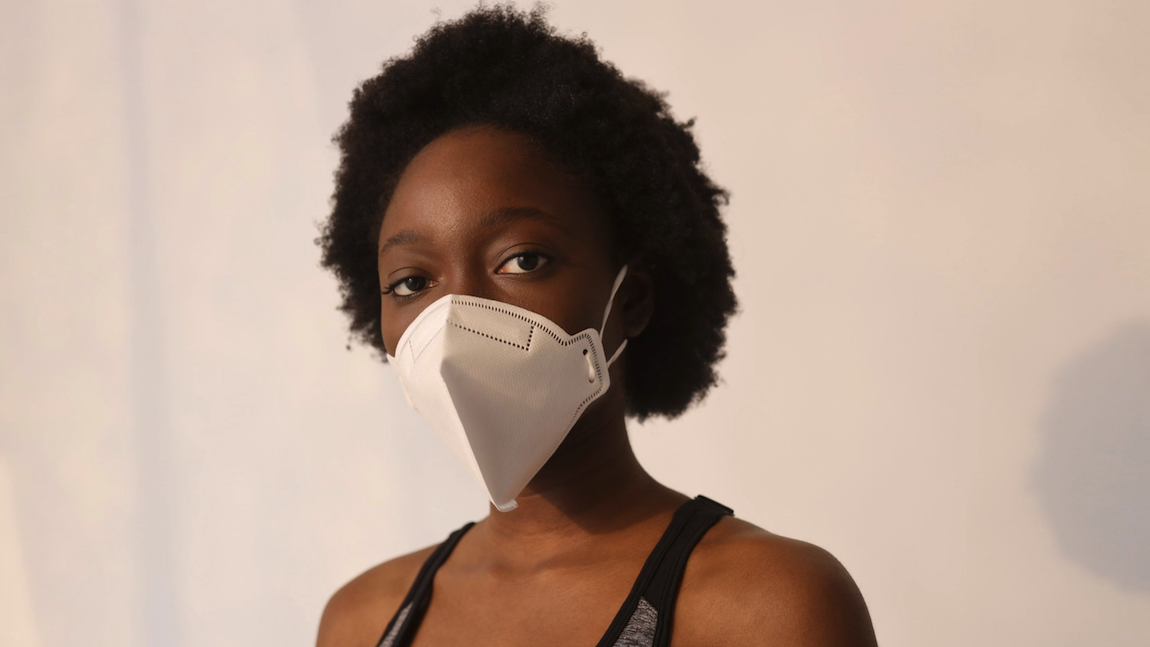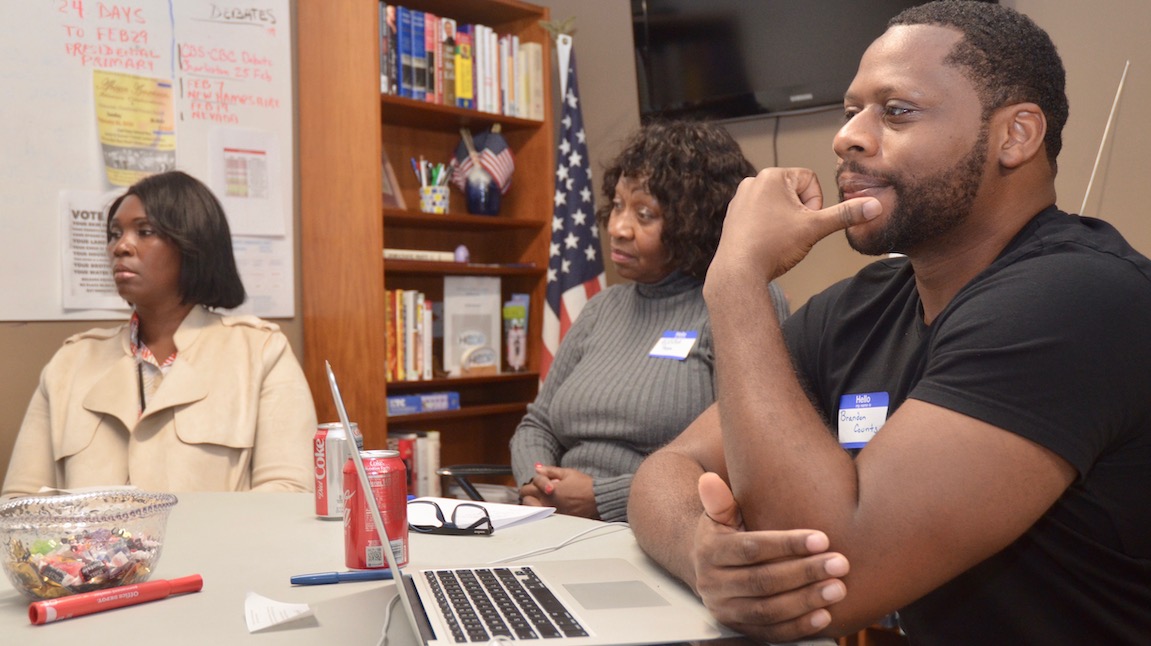By Stacy Fitzgerald
There’s a saying in America that goes like this: when white America catches a cold, black America gets the flu. What that means is that any adverse impact on white Americans is bound to be more devastating to blacks. This is certainly the coronavirus pandemic.
Despite being just 13 percent of America’s population, in the cases where racial data is collected, blacks comprise an estimated 30 percent of COVID-19 cases overall. More frightening, 22 percent of U.S. counties have disproportionately black populations and those counties account for 50 percent of COVID-19 cases and 60 percent of deaths, according to the Washington Post.
There are myriad reasons for the disparity. While black Americans have a disproportionately high rate of pre-existing conditions like hypertension, diabetes and heart disease, there are social, economic and health care disparities that are a huge part of the adverse outcomes that are claiming tens of thousands of black lives during this pandemic.
More “Essential” Workers
Blacks are more likely to be employed as part of America’s “essential” workforce than any other racial/ethnic group. While the definition of “essential” workforce may vary from state-to-state, this typically includes those who work in healthcare and social services.
Research from the Current Populations Survey shows that 37.7 percent of black workers are employed in essential sectors compared to 26.9 percent of whites. In addition, blacks are 50% more likely to work in healthcare and social services and 40 percent more likely to work in hospitals compared to white workers. Being on the front lines of the pandemic in terms of employment means more potential to be exposed and infected with COVID-19.
Urban, Southern Residents
Blacks are also more likely to live in urban areas and in Southern states that were slow to respond to the COVID-19 crisis.
People of color are more likely to live in densely packed areas in multigenerational housing, which puts them at greater risk to spread the highly contagious disease. Moreover, poor housing stock in predominantly black, urban communities is often riddled with mold and cockroaches, which exacerbates respiratory disease in black populations, says the Washington Post.
Southern blacks who live in states slow to respond to the COVID-19 crisis were impacted because the delay in enacting stay-at-home orders led to an increased likelihood of spreading the disease. Inconsistent information and responses have proven deadly in these states.
In Louisiana, a major U.S. hot spot, blacks make up 70 percent of COVID-19 deaths, despite being just 33 percent of the state’s population. Similarly, in Georgia, whites make of 60 percent of the population and blacks, 33 percent, yet blacks comprised 20 percent of the COVID-19 cases compared to 15 percent for whites.
Healthcare Disparities by Race
Racial disparities including a high percentage of underlying health conditions and poor access to quality healthcare also are having a devastating impact on the black community during this pandemic. But fundamentally, it’s racial inequality in access and quality of healthcare that is the most troubling and it’s a problem that dates back to the founding of this nation.
Research suggests that racial segregation is the fundamental cause of health disparities, according to the CDC. For example, racial residential segregation is linked to a variety of adverse health outcomes and underlying conditions and these conditions can increase the likelihood of severe illness from COVID-19.
Least Advantaged, Most Harmed
As is often the case with devastating incidents in America, the least advantaged in society are the most harmed. Black Americans on the front lines, working in more service industry jobs, living in densely populated areas with poor housing conditions and without access to quality healthcare in racially segregated areas, are the most impacted by adverse health outcomes in COVID-19. But this doesn’t have to be the case.
More must be done in America to ensure that not just during this pandemic, but in future generations, black Americans don’t continue to suffer disproportionately from the devastating impacts of structural racism and the social and economic adversities that come with it.
Stacy Fitzgerald is a Virginia-based writer who frequently writes about racial issues for the blog site, www.notfakenews.biz. This article is reprinted from Not Fake News with permission.






